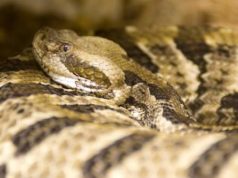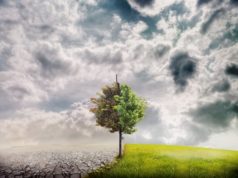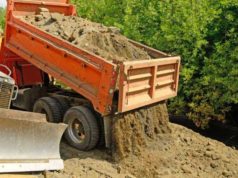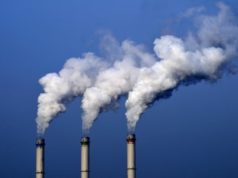
On November 30, 2012, a new report was released at the United Nations Climate Change Conference in Doha that states island communities in the Pacific Ocean are facing extreme changes and dangers to their environment and economies because of climate change.
The report, call the Pacific Environment and Climate Change Outlook projects that islands in the Pacific Ocean, especially low-lying islands, may faces losses of 18 percent of their gross domestic product (GDP) because of climate change. Rising sea levels, tropical storms, floods, droughts, and unsustainable fishing methods are affecting the lives of an estimated 10 million people.
The following statistics were released in the report prepared by the Secretariat of the Pacific Regional Environment Programme (SPREP) and the UN Environment Programme (UNEP):
· organic waste and chemical waste—especially from mining—have become extensive
· 60 percent of reptiles, 21 percent of mammal species, and 13 percent of birds are threatened in the region
· leaks in water systems affect about 50 percent of the water supply
· water conservation practices are not being adopted
· the sustainable harvest of fish species is reaching limits
· the catching of the four main tuna species has increased 1000 percent since 1960
· plastics serve as the biggest environmental threat in the Pacific islands
The report claims that policymakers have done little to protect against environmental change in the area. Additionally, increased mining activities and the transition to cash crops like palm oil instead of more environmentally-friendly crops have resulted in less biodiversity and land preservation.
The report makes several recommendations to help the Pacific islands fight climate change:
· island governments need to form multilateral environmental agreements (MEAs) along with plans and strategies
· governments need to implement agreements instead of just endorsing agreements to stop lower hazardous waste, invasive species, and other environmental damage
· more awareness needs directed at the public to increase knowledge about the environment
The report covers the following Pacific Island Countries and Territories (including some US Territories): American Samoa, Cook Islands, Federated States of Micronesia, Fiji, French Polynesia, Guam, Kiribati, Marshall Islands, Nauru, New Caledonia, Niue, Northern Mariana Islands, Palau, Papua New Guinea, Pitcairn Islands, Samoa, Solomon Islands, Tokelau, Tonga, Tuvalu, Vanuatu and Wallis and Futuna.
Achim Steiner, the UN Under-Secretary-General and UNEP Executive Director, states: “Enhancing local capacity to directly monitor, and manage, the impacts of the region's changing environment is essential for reducing climate risks, but also for unlocking the potential economic benefits that a transition to an inclusive, low-carbon and resource efficient green economy can bring.”
Source: United Nations Environment Programme

































